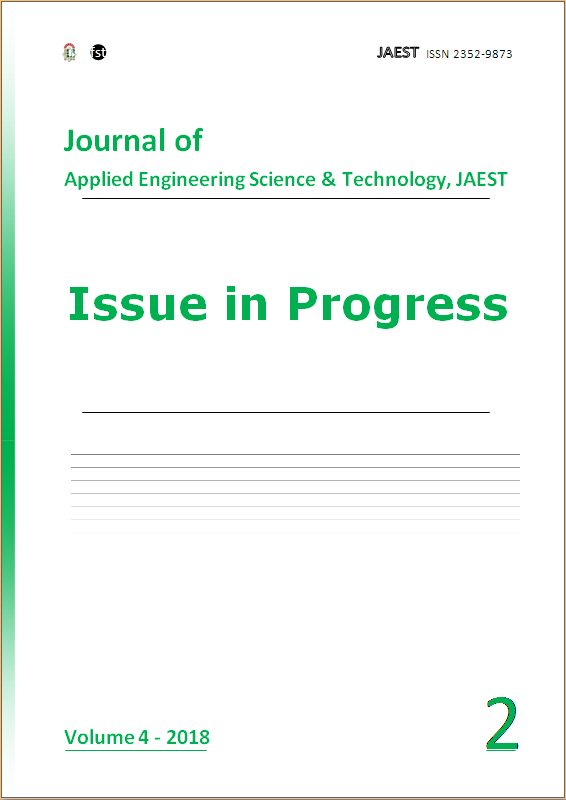Study of texture and recrystallization in commercial pure copper wire with and without heat treatment
Abstract
Wire drawing is a necessary operation for the production of small diameter electrical wires. During this process, the shaping of the material is performed by a plastic deformation mechanism. The change in the shape of the metal causes the plastic deformation of each grain of the crystalline metal. In this work, we have studied a commercial copper wire. In this study, optical microscopy, electron microscopy transmission, Vickers hardness and X-ray diffraction were used. It is found that cold drawn wires are characterized by texture formation and dislocation cell rearrangement. Isothermal treatments were applied on the deformed yarns, which makes it possible to observe a recrystallization reaction which restores the mechanical properties and the initial structure.
J. Appl. Eng. Sci. Technol. (JAEST - ISSN 2352-9873) is a peer-reviewed quarterly journal dedicated to the applied engineering sciences and technology. The JAEST provides immediate open access to its content on the principle that making research freely available to the public supports a greater global exchange of knowledge.
There is no submission or publication fee for papers published in the JAEST.
Authors who publish in the JAEST agree to the following terms:
- Authors retain copyright and grant the journal right of first publication with the work simultaneously licensed under a Creative Commons Attribution License that allows others to share the work with an acknowledgement of the work's authorship and initial publication in the JAEST.
- Authors are able to enter into separate, additional contractual arrangements for the non-exclusive distribution of the journal's published version of the work (e.g., post it to an institutional repository or publish it in a book), with an acknowledgement of its initial publication in the JAEST.
- Authors are permitted to post their work online (e.g., in institutional repositories or on their website) prior to and during the submission process, as it can lead to productive exchanges, as well as earlier and greater citation of published work (See The Effect of Open Access). Any such posting made before acceptance and publication of the Work shall be updated upon publication to include a reference to the JAEST and a link to the online abstract for the final published Work in the Journal.






